هانس [هوفّمنّ][نبسب](1880-1966)
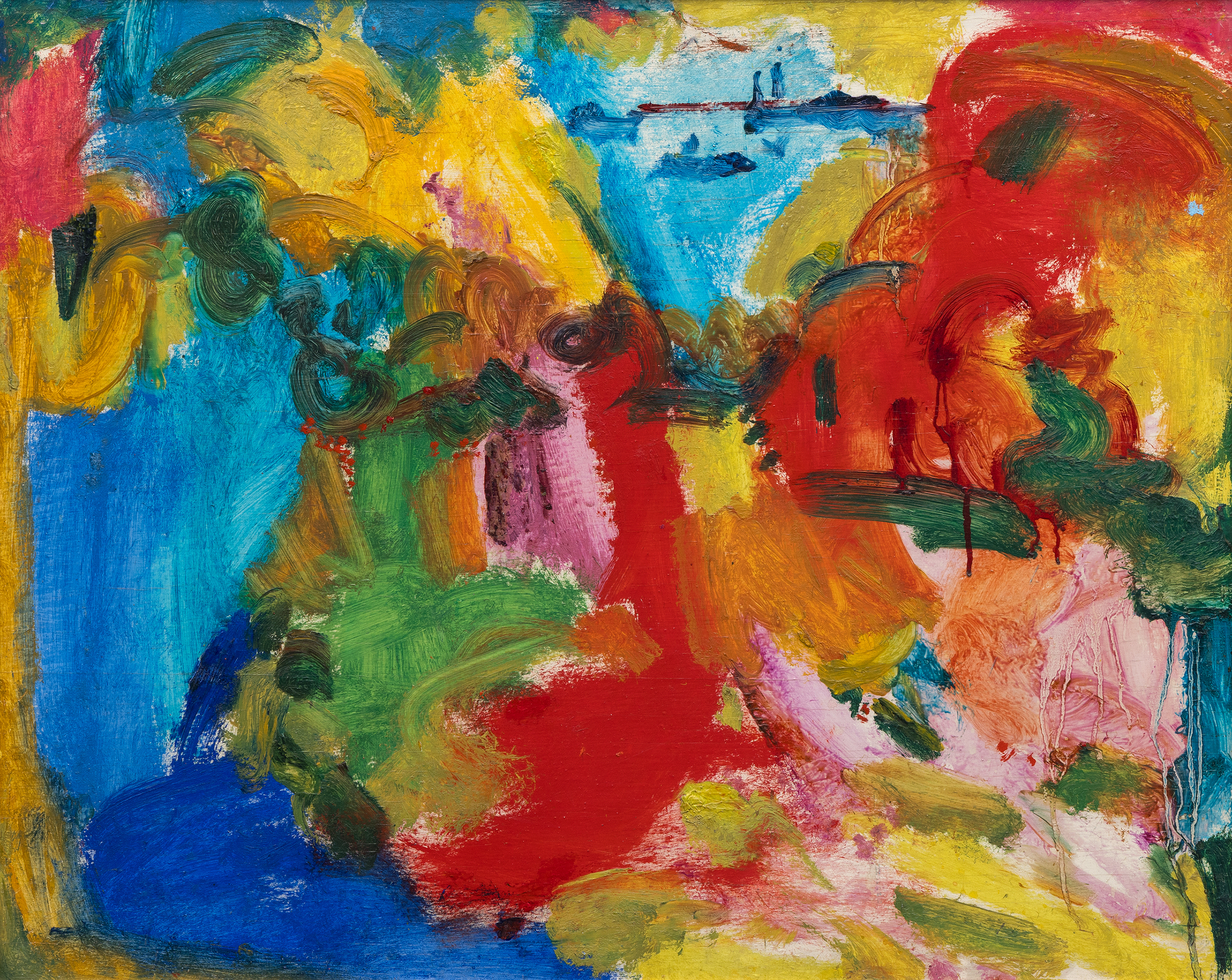
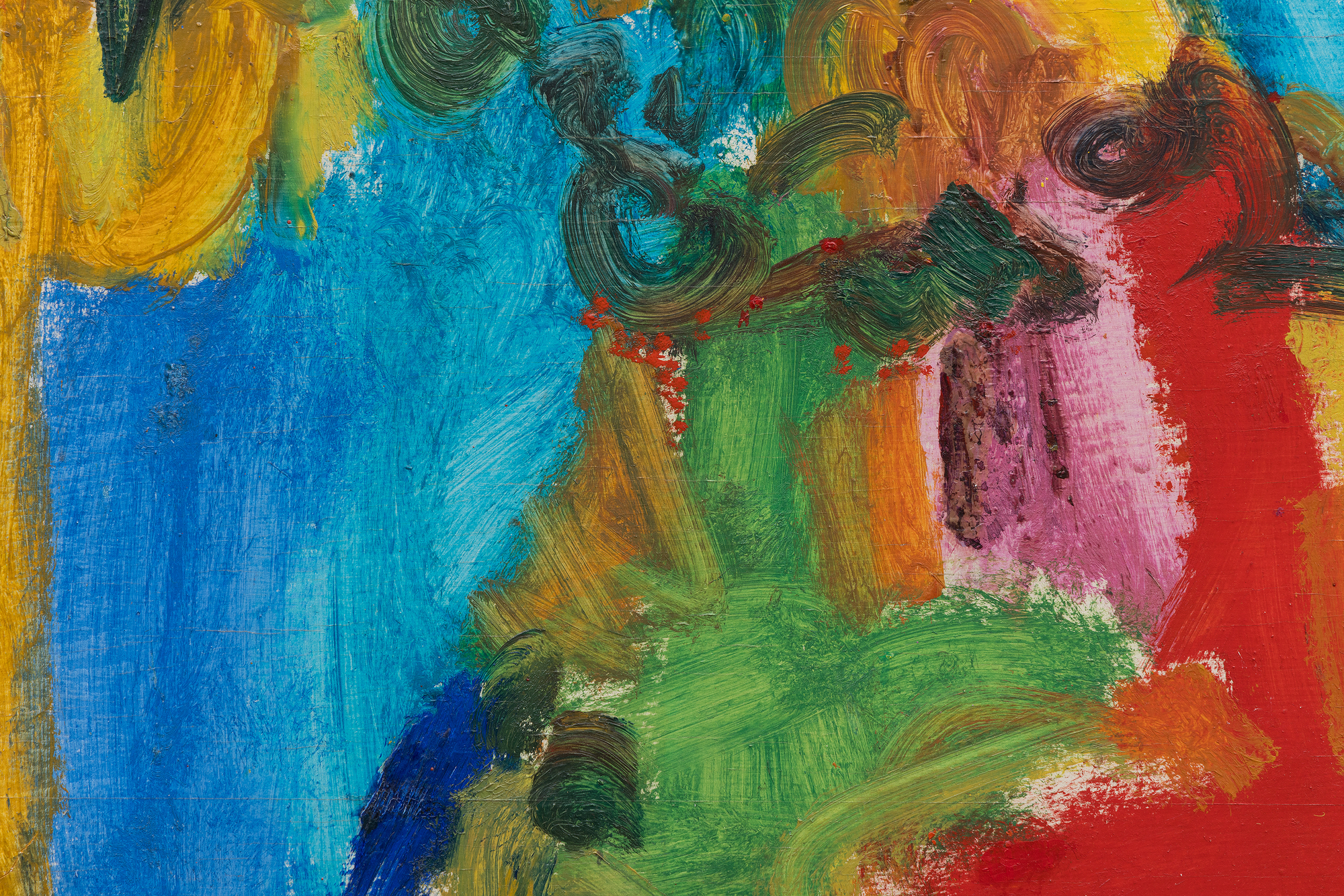
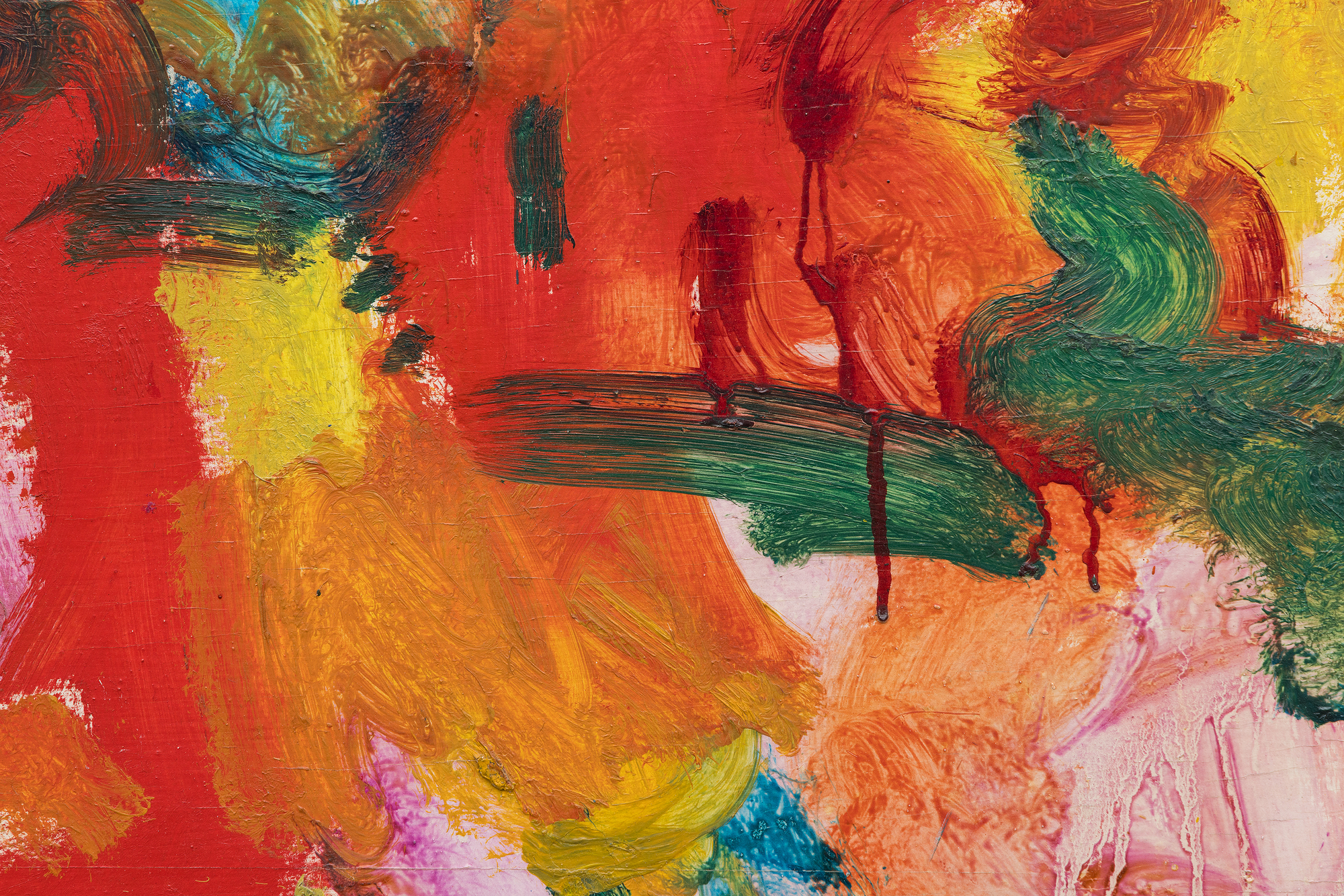
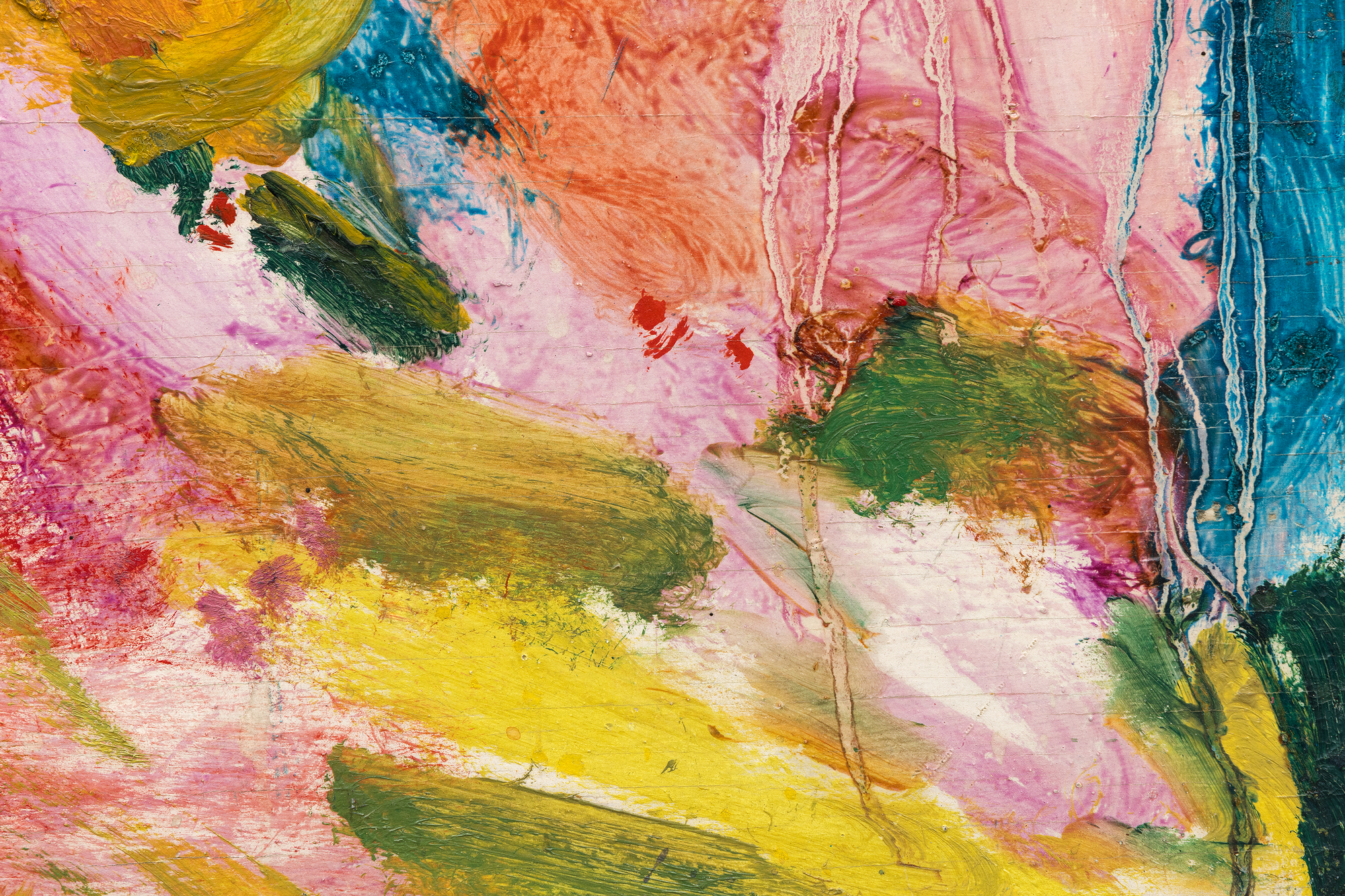
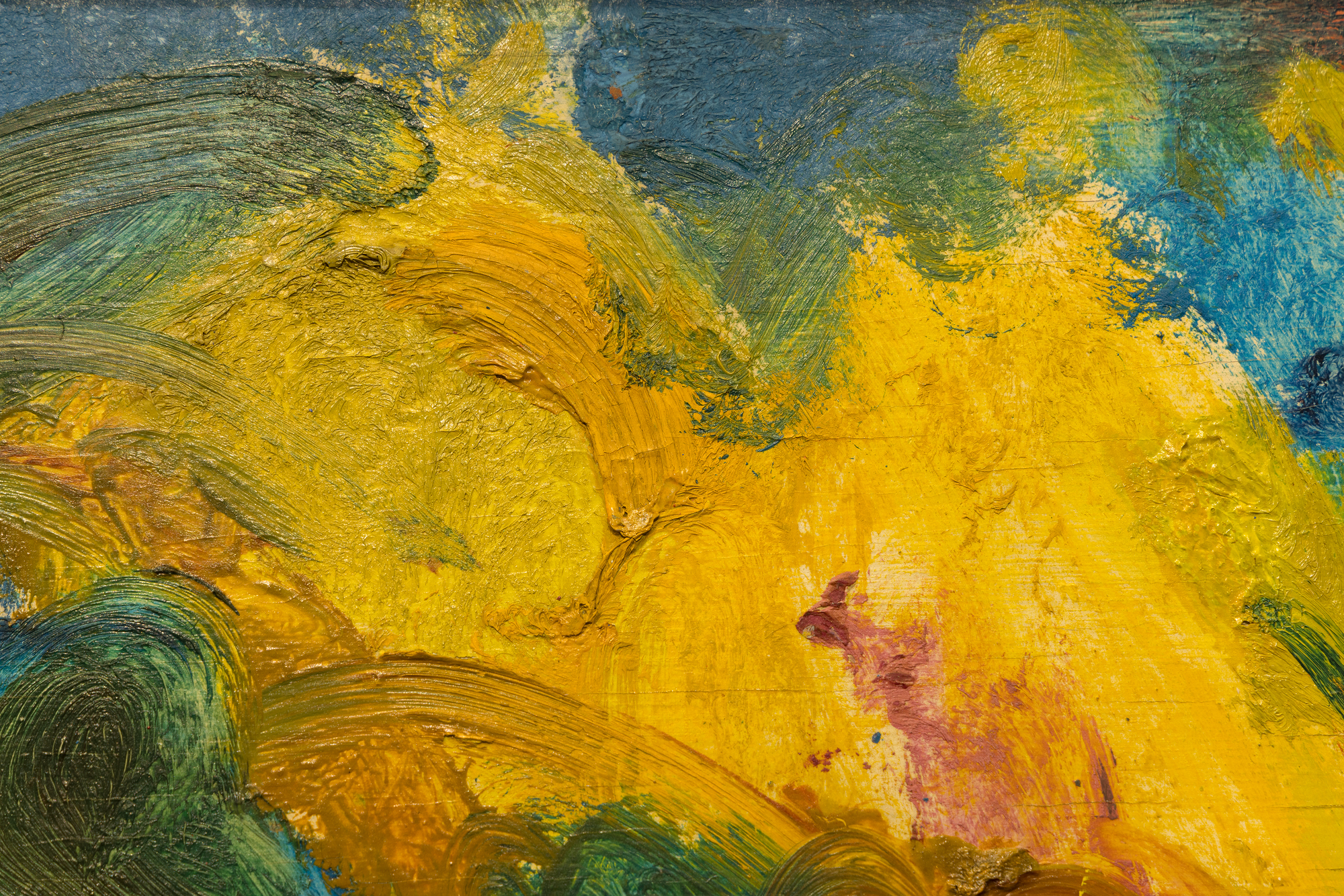

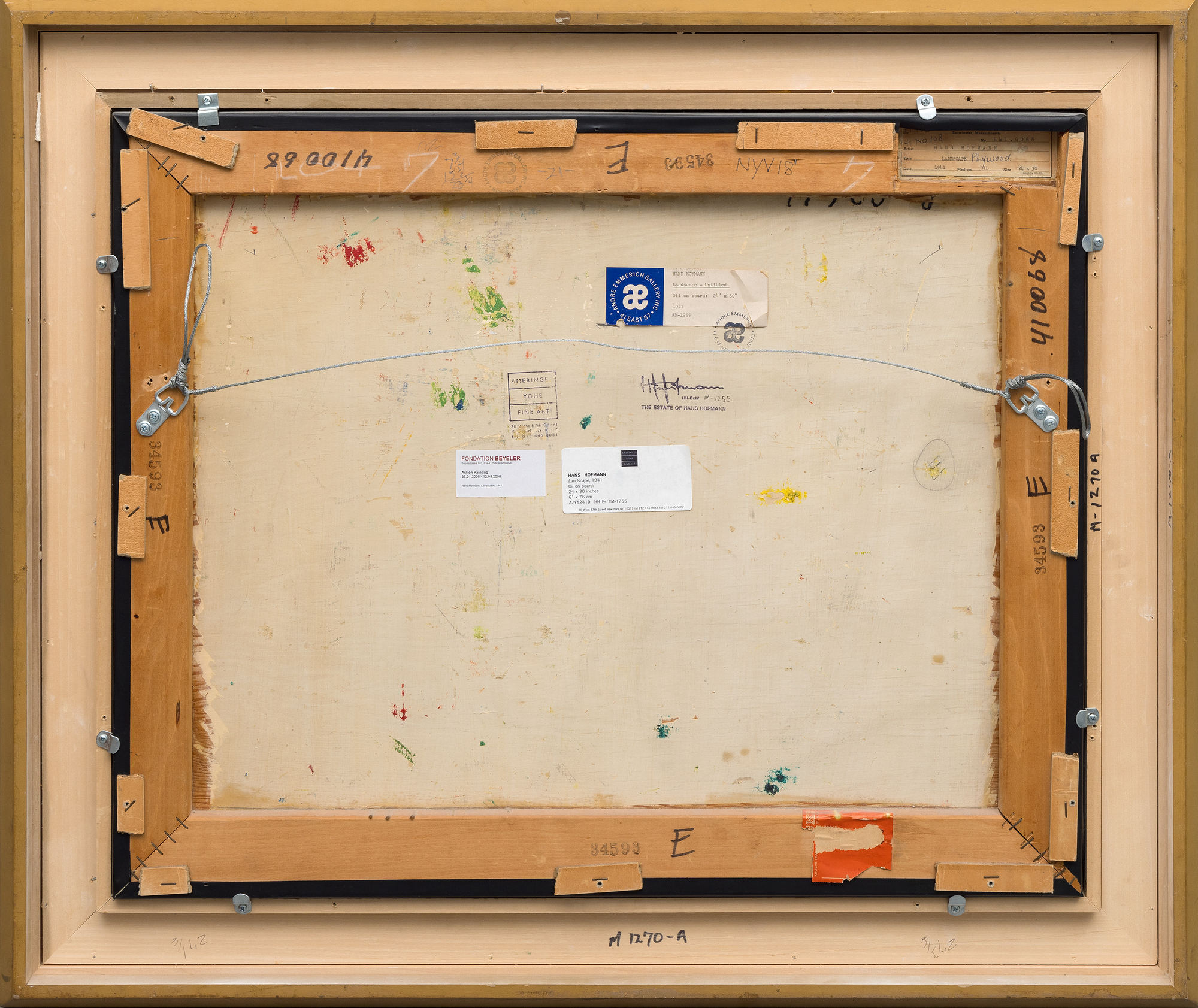
الاصل
تركة الفنانمعرض أندريه إميريتش، نيويورك، 1971
مجموعة ماريان يونغرين، 1971-1980
كريستيز، نيويورك، نيويورك، 16 مايو 1980، القطعة 7
مجموعة خاصة، 1980-1998
معرض أندريه إيميريتش، نيويورك، 1998
أميرينجر للفنون الجميلة، نيويورك، 1998
مجموعة خاصة، 1998-2008
أميرينجر يوهي للفنون الجميلة، نيويورك، 2008
مجموعة خاصة، نيو جيرسي
معرض
سويسرا، ريهن وبازل، مؤسسة بايلر، مؤسسة بايلر، الرسم الحركي - جاكسون بولوك والإيماءات في الرسم، 27 يناير - 12 مايو 2008... اكثر...
الادب
مؤسسة بيلر، مؤسسة بايلر، الرسم الحركي، أوستفيلدن، 2008، رقم 26، ص 68 (مصورة بالألوان)سوزي فيليجر، هانز هوفمان: كتالوج ريزون للوحات، المجلد الثاني، ساري، 2014، قِطّة HH، رقم 1253-1941، ص 202 (مصور بالألوان)
... اقل...


